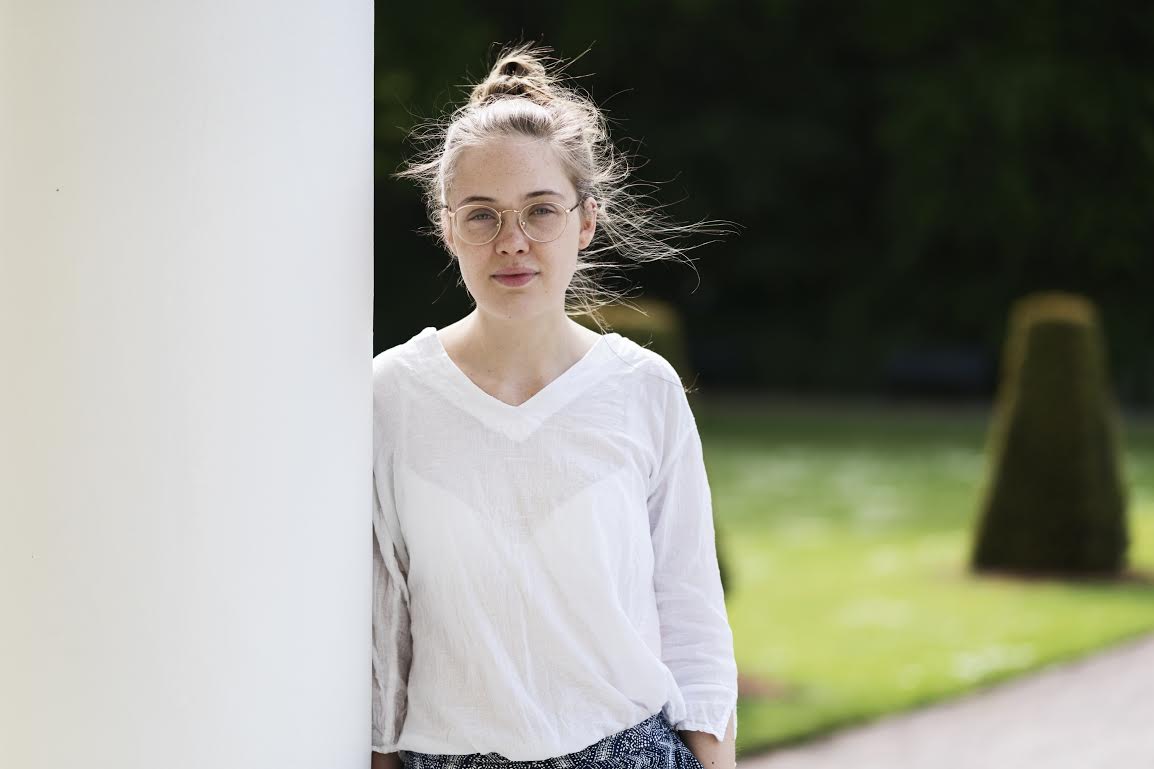Gauguin
Until 16 January 2011
The Tate
Reviewing the latest Gauguin exhibition presents an interesting dilemma: to illuminate the exhibition under the harsh spotlight of feminist and post-colonial discourses or to shine the spotlight more directly on the paintings themselves instead?
There is no question that Gaugin’s notorious private life has caused considerable embarrassment in academic circles; the need to overcome the now morally ambiguous connotations of white, European, androocentric supremacies in his depictions of the Tahitian peoples is ever more prevalent in contemporary critical approaches, and rightly so. Although this in itself calls into question the polemical nature of the significance of biography in art historical practices.
In this instance I am going to take my cue from the curators, making a deliberate decision to separate the provision of contextual information into two central rooms. Dividing biography and sociological conditions from the art objects themselves invites a wonderful opportunity to see the art as just that. And it is from this perspective that I undertake my review.
Aesthetically, I love Gauguin; particularly his paintings. The sheer vibrancy of colour, the abandonment of the pictorial illusion of depth, the multi-directional flattening of the picture space, the expressive distortion, the boldly drawn simplified forms, the palpable sense of deliberateness, nothing is slap dash or unnecessary; everything contributes with exactitude to the brilliance of the whole – quite incredible. A perfect example of this is the outstanding 1899 ‘Two Tahitian Women’. I think it is perhaps one of the most beautiful paintings I have ever seen; in my opinion the exhibition is worth seeing just for that.
However the exhibition is so much more than just paintings. Showcasing preparatory sketches and drawings along with finished oils, carvings and sculptures as well woodcuts and prints, I think it is one of the most successful curations I have seen in giving a glimpse into the breadth and scope of a single artist’s creative output. Thematically hung, the exhibition reveals the extent to which not only was his choice of medium varied but so to was his subject matter; religious themes, landscapes, portraits, narrative pieces and more are all displayed in revealing groups which help to shed light on his illustrious and varied career.
With the two archival galleries successfully in place to mitigate any potential difficulty for visitors unfamiliar with Gauguin’s life, to follow the trajectory of his stylistic development through posters, photographs, documents and letters that contextualise his work, the exhibition puts Gauguin in a wider perspective. Nevertheless by separating social history, biography and critical interpretation of the artist’s work, a tendency among recent art historical discourse to limit the interpretation Gauguin’s work is counteracted and instead focuses the criteria of interpretation on the art objects themselves. The curators’ choices celebrate Gauguin as a stylistic innovator, whose revolutionary visual language has been one of the most influential in the development of contemporary art practices.
The Tate’s Gauguin exhibition is a torchlight for the curation of future art blockbusters, and an enlightening experience – without a doubt worth seeing.




